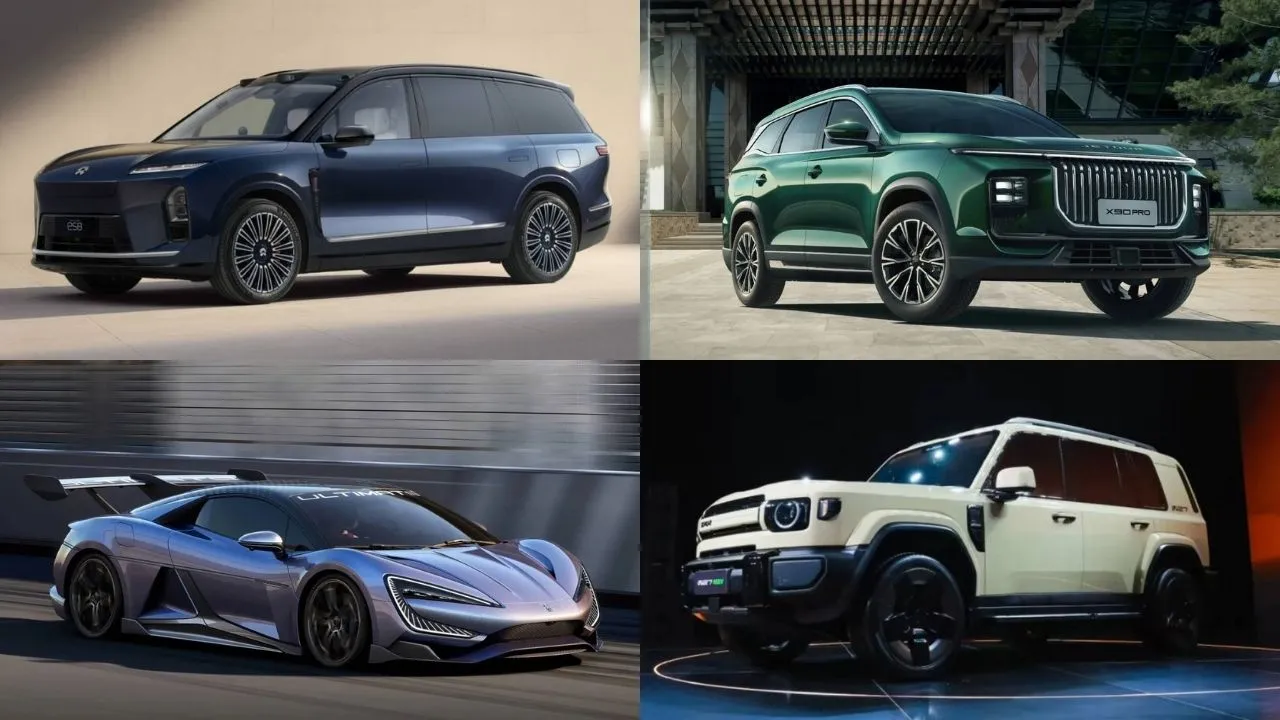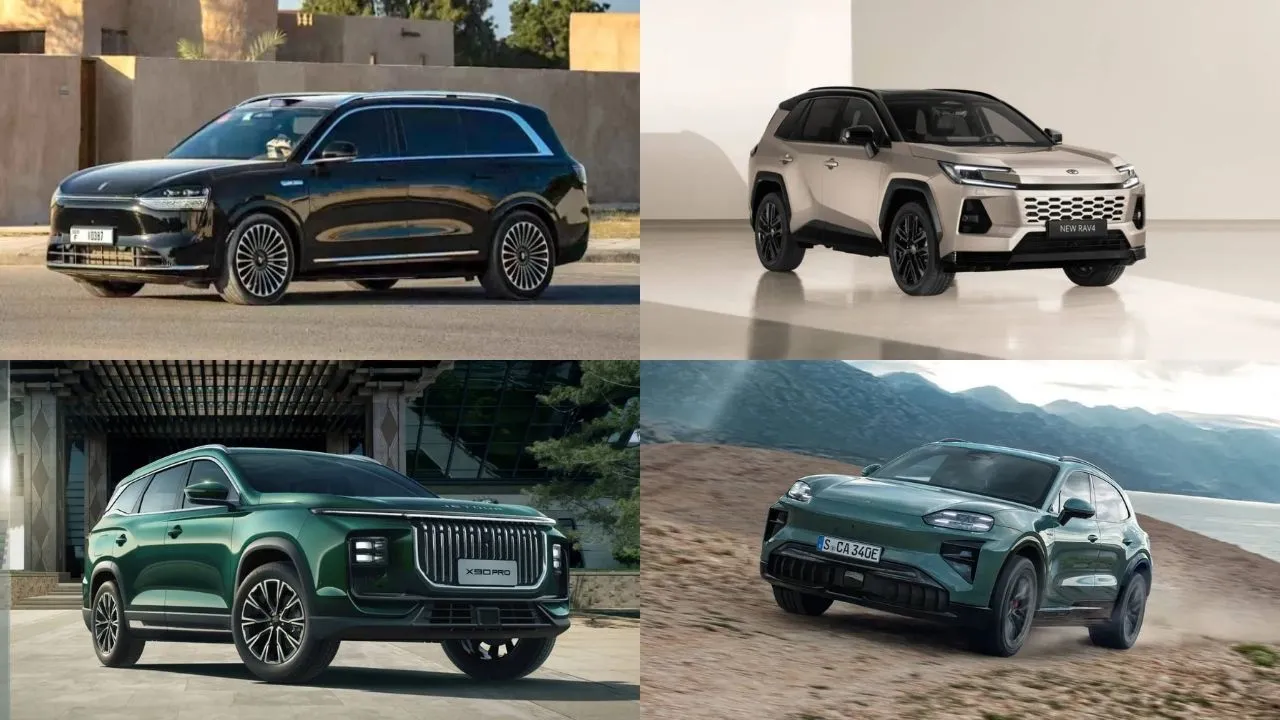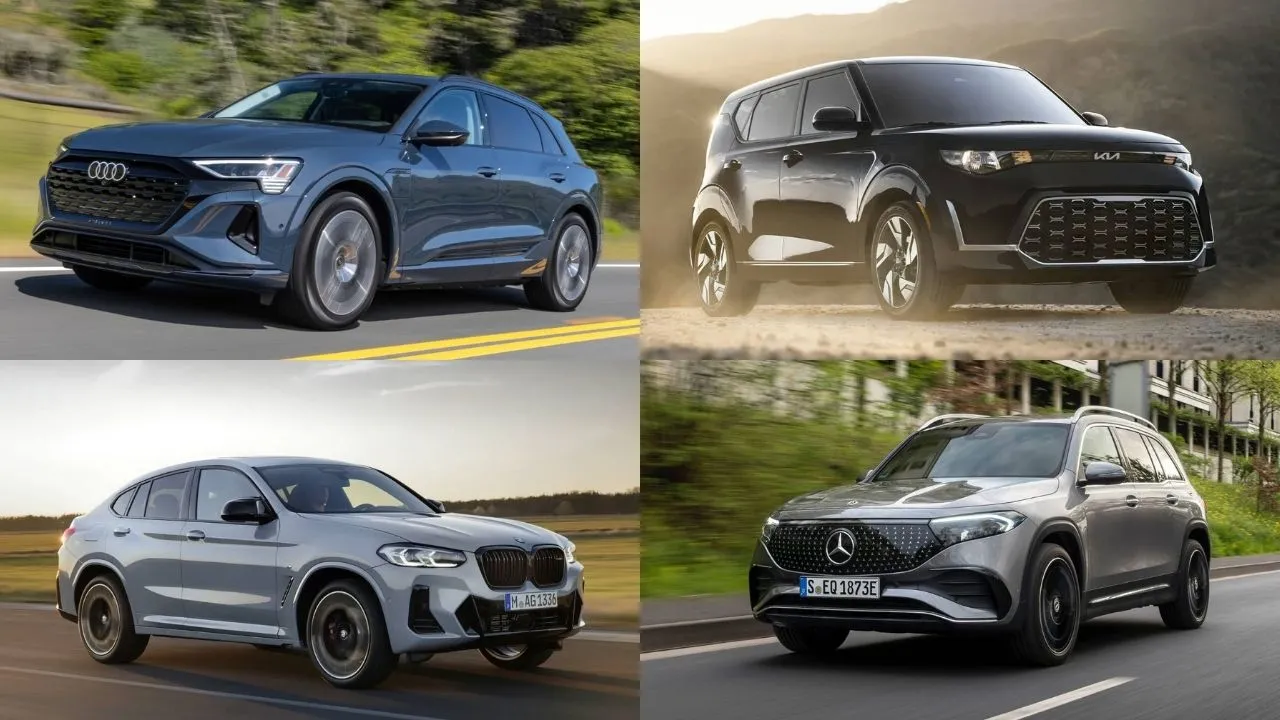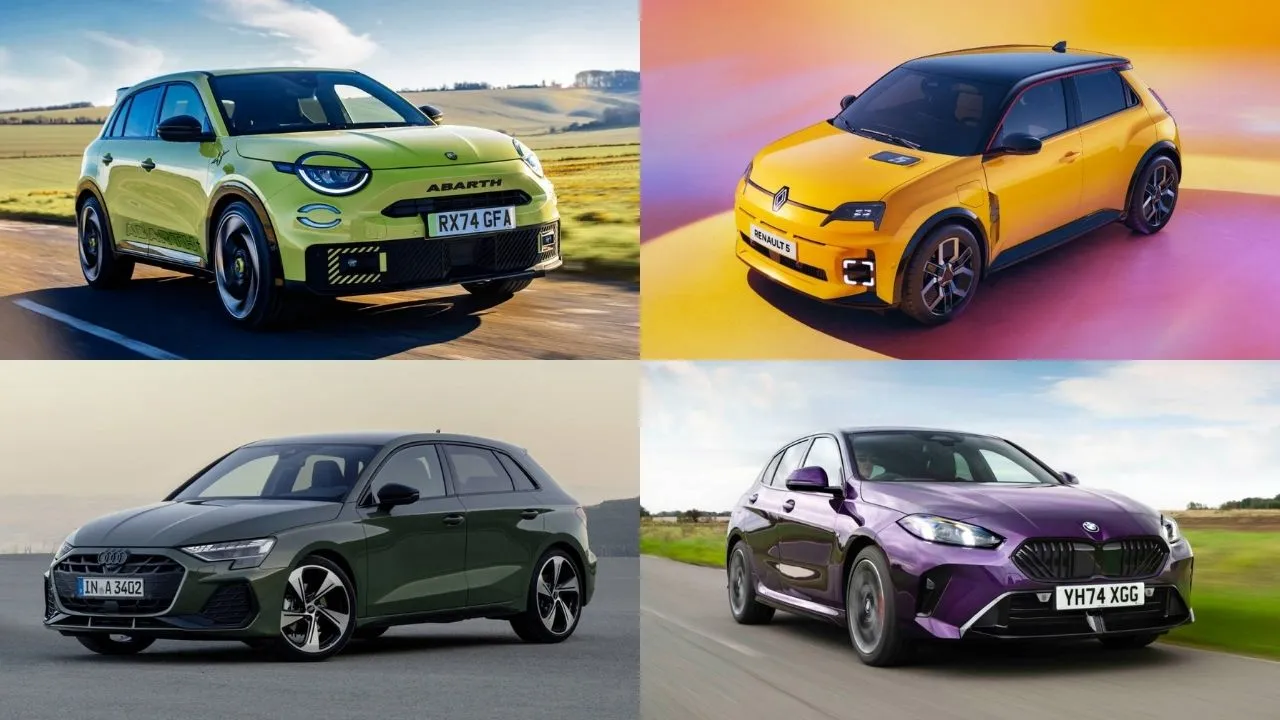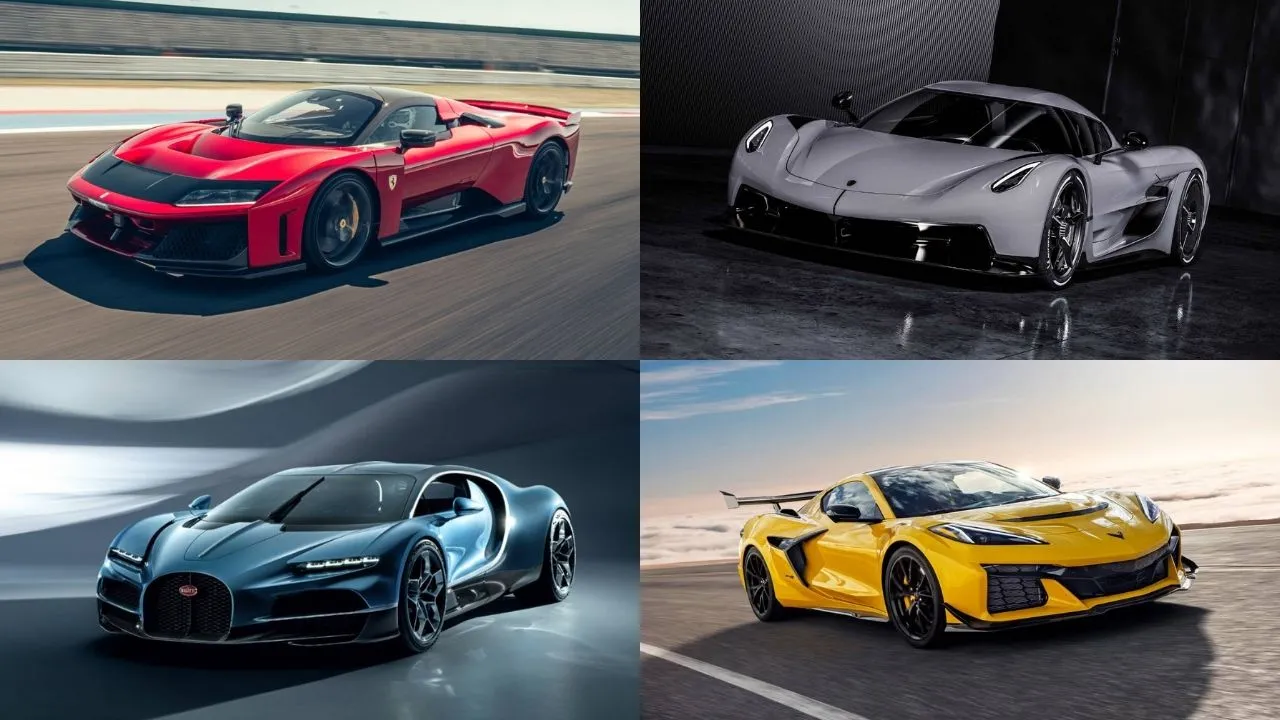Land Rover Defender & Land Rover Series History: Six Generations Of An Iconic SUV

It is among the most influential and iconic cars of all time. With over two million cars produced, it is quite popular too. Land Rover claims over 70% of them are still in working condition, and that is quite a feat given that it first went into production way back in 1948. It is said that the first vehicle ever seen by most tribes in remote areas across the world is a Land Rover Series I.
The Defender is a continuation of the Land Rover Series. Initially named Land Rover Series I, II & III, this is the car from which the Land Rover brand was birthed. The Land Rover Series was eventually named Defender and it is considered among the best off-road SUVs in the world. In this DubiCars Car Spotlight article, we take a closer look at the history and generations of the Land Rover Defender.
Origins Of The Land Rover Series & Land Rover Defender
The Rover Company was formed way back in 1885 when it started producing bicycles. Between 1901 and 1937, the brand produced a few cars. In 1937, the Rover Company started producing gas turbines and other equipment to arm Britain for the impending arrival of World War II. After World War II ended in 1945, the Rover Company started developing a new car.

The very first Land Rover was the brainchild of Maurice Wilks, the engineering director at the Rover Company. He took inspiration from the Willy’s Jeep that he had used on his farm in Wales and had won acclaim for its capabilities during the Second World War. Read all about the Willy’s Jeep and how it eventually evolved into the Jeep Wrangler here.
The idea for the Land Rover’s conception was to create a versatile, all-terrain vehicle that could serve both agricultural and industrial needs. Thus, the Land Rover was born, with its debut at the Amsterdam Motor Show in April 1948 marking the beginning of a storied lineage.
Land Rover Series I | 1948 – 1958
The first generation, known as the Land Rover Series I, was introduced in 1948. The Series I was designed with simplicity and ruggedness in mind, featuring a boxy and utilitarian design. Due to a shortage of steel at the time, only the chassis was made of steel while the body was crafted out of aluminium.

In the first three years of production, it was powered by a 1.6-litre inline-four petrol engine, producing around 50hp. The vehicle’s versatility was its hallmark, used in agriculture, military, and exploration roles. By 1950, a four-wheel-drive system was standard, and the engine was upgraded to a 2.0-litre unit by 1952, providing more power and reliability. In 1957, a 2.0-litre inline-4 diesel engine was introduced.
Land Rover Series II | 1958 – 1971
In 1958, the Series II was launched. It retained the design language and robust nature of the previous generation. It introduced the now-iconic “barrel side” waistline, which allowed for a wider track and more interior space. This generation also saw the introduction of the long-wheelbase (109-inch) version, which offered greater load capacity and versatility. It was even launched in a pickup truck body style.

The Series II also came with improved engines, including the 2.25-litre petrol engine, known for its durability and ease of maintenance. The Land Rover Series II also retained the 2.0-litre engines from the previous generation. The Series II A launched in 1961 saw the arrival of new engine options including a 2.25-litre inline-4 diesel and a 2.6-litre inline-6 petrol.
1962 saw the arrival of the Forward Control model which was larger and the driver’s cab was placed at the front, over the engine, thereby giving it the name Forward Control. In 1967, the Rover Company was acquired by the Leyland Motor Corporation which then merged with British Motor Holdings. Hence, the Land Rover Series II was manufactured by British Leyland since 1968.
Land Rover Series III | 1971 – 1985
The Series III, introduced in 1971, brought further improvements and modernizations. With over 440,000 units produced, it still remains the most commonly found Land Rover Series generation. One of the significant changes was the switch to a full synchromesh gearbox, which made driving easier and more comfortable.

The exterior received minor updates, including a new plastic grille and updated lighting. Inside, the dashboard was redesigned for better ergonomics. The Series III continued to use the 2.25-litre petrol and diesel engines. In addition, it featured the 2.6-litre inline-6, and a 3.5-litre V8 option.
Land Rover 90 & 110 | 1983 – 1990
1970 saw the launch of the Range Rover, which was a more capable yet comfortable version of the Land Rover. Read all about the history and generations of the Range Rover here. Since a completely new model line was added, the brand had to differentiate the Land Rover Series. Land Rover was spun off into a new brand and the Series name was discontinued.

As the Land Rover lineup evolved, the introduction of the Land Rover 90 and 110 marked a significant shift. Named after their respective wheelbase measurements, these models represented a modernisation of the Land Rover formula. For the first time, they featured coil spring suspension for improved on-road comfort and off-road capability.
The 90 and 110 also introduced an improved four-wheel drive system and a wider range of engines. This included the robust 2.5-litre turbo-diesel engine. The interior saw enhancements aimed at making the vehicle more appealing to a broader audience, including relatively more comfortable seating and better sound insulation.
Land Rover Defender (L316) | 1990 – 2016
In 1990, the Land Rover 90 and 110 were rebranded as the Land Rover Defender. This rebranding brought with it several mechanical and cosmetic updates, relatively aligning the vehicle with modern standards while maintaining its rugged appeal.

During the period this Defender was produced, Land Rover went through multiple ownership changes starting with the Rover Group from 1986 to 1994. It was then sold to BMW in 1994 and then to Ford Motor Company in 2000. Finally, it ended up as a subsidiary of Tata Motors in 2008. As a result, this generation of the Land Rover Defender was available with multiple engine options developed by its parent companies.
Engine options included BMW’s 2.8-litre inline-6, Rover’s petrol V8, Ford’s turbo-diesel inline-4 and Jaguar’s 5.0-litre supercharged V8 in addition to Land Rover’s very own 2.5-litre turbodiesel engines. The Defender remained true to its roots, retaining the iconic boxy design, aluminum body, and unmatched off-road capability. In 2016, production of the Land Rover Defender ended.
Land Rover Defender (L663) | 2019 – Present
At the 2019 Frankfurt Motor Show, the all-new Land Rover Defender was launched. It was the first all-new update for the Land Rover Defender since 1983. The fact that it was a resurrection of the Defender nameplate after a hiatus of three years only added to the hype.

This modern iteration retained the spirit of its predecessors while embracing contemporary technology and design. The new Defender is built on the D7x platform, a lightweight aluminum monocoque structure. This makes it the first Defender not based on a box chassis.
It features independent suspension and a range of advanced off-road technologies, including the Terrain Response 2 system, which optimizes vehicle settings for different terrains. The Land Rover Defender is available in three wheelbase sizes: the Defender 90, Defender 110, and Defender 130, all denoting the wheelbase in inches.

Diesel models are powered by either a 2.0-litre inline-4 or a mild-hybrid 3.0-litre inline-6. Petrol models are available with a 2.0-litre inline-4, a 3.0-litre inline-6, or a 5.0-litre supercharged V8. The Defender has several awards from around the globe under its belt. It is one of the best SUVs currently in production.
Most Popular Land Rover Defender Generation In The UAE
The current-gen Land Rover Defender is much loved for its immense road presence, luxurious interior, and capable powertrain. It is without doubt, the most popular generation of the Land Rover Defender in the UAE. However, thousands of classic car enthusiasts in the UAE prefer any of the Land Rover Series models.
Land Rover Defender Price In The UAE
Prices for a new Land Rover Defender for sale in the UAE range from AED 310,000 to AED 769,000. Prices for a used Land Rover Defender for sale in the UAE range from AED 85,000 to AED 875,000. This depends on the model, year of manufacture, and condition.
Subscribe to DubiCars’ WhatsApp Channel for the latest automotive news, guides, polls, and informative infographics.
Also Read:
– Top 10 Rarest Cars In The World
– Nissan Patrol Nismo — Top Things To Know


